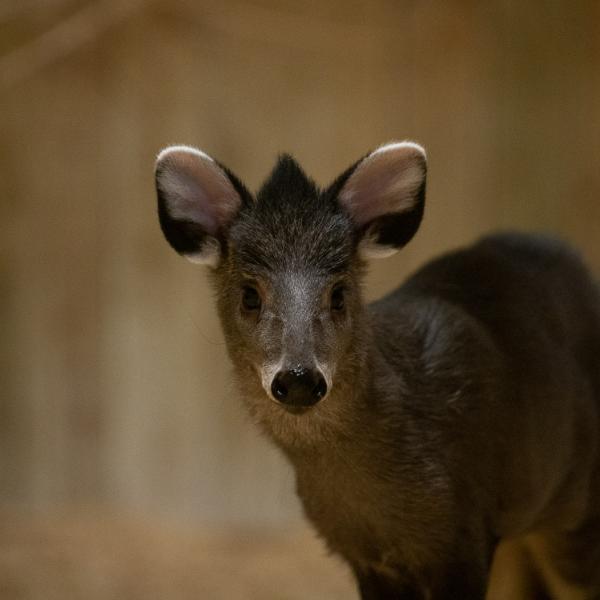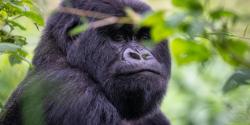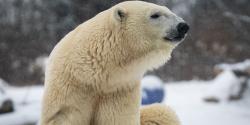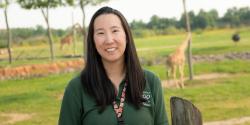These deer are named for the tuft of long, blackish-brown fur on their foreheads.
Male tufted deer have small antlers that usually do not stick out beyond this tuft. Both male and female tufted deer have large upper canine teeth, and the males have "tusks" that can be about an inch long.
Scientific Name: Elaphodus cehalophus
Conservation Status: Near Threatened
Size: 3.5 to 5 ft. long; 1.5 to just over 2 ft. tall
Weight: 35 to 50 lbs.
Median Life Expectancy: Males: 13.6 years; Females:10.2 years









